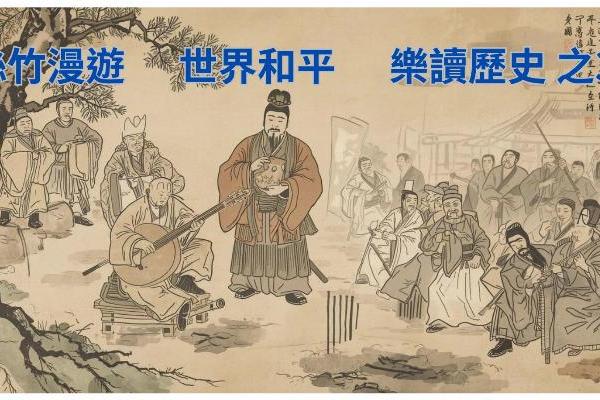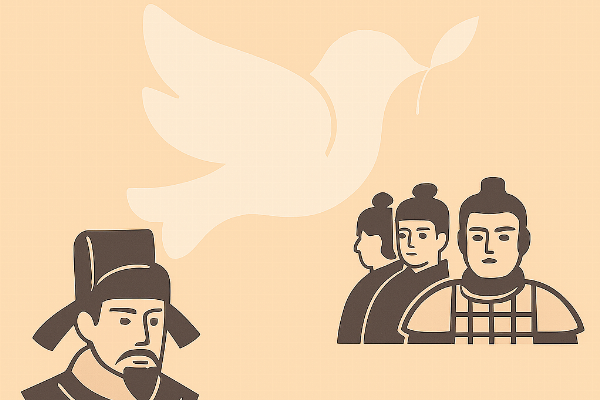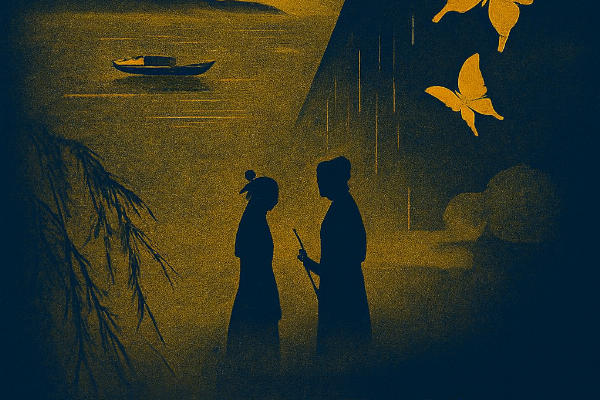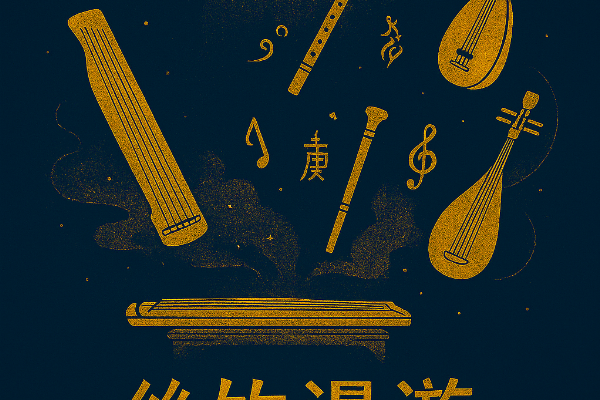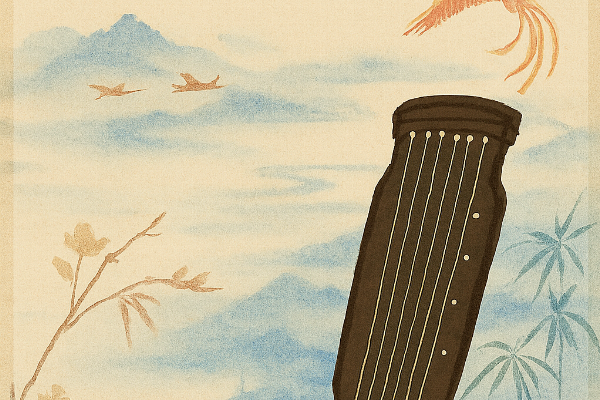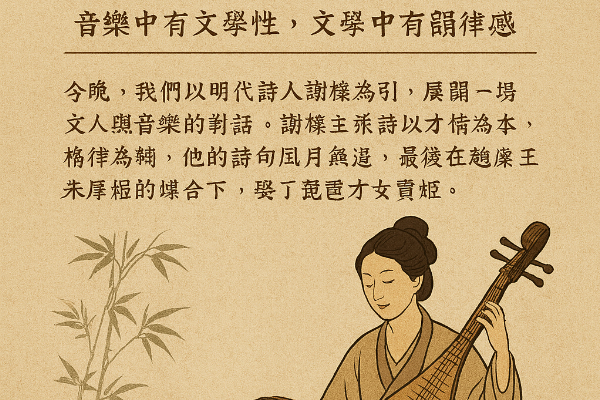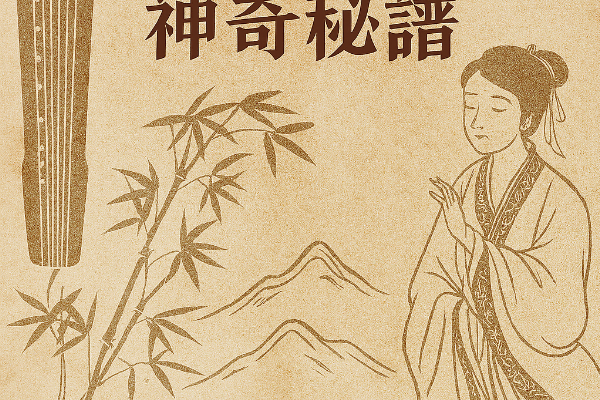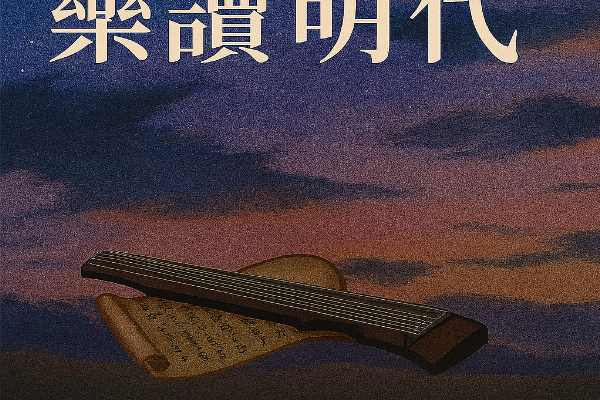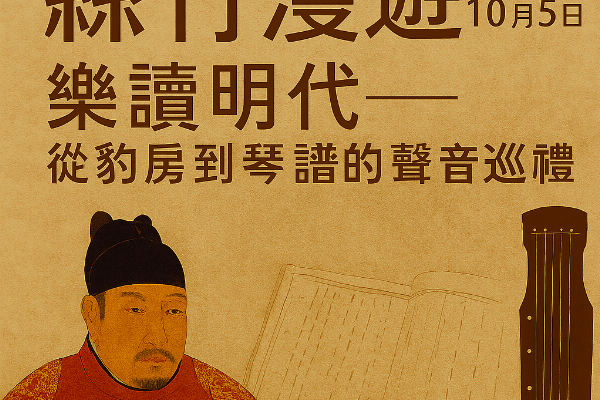
::::::


Wonder in Sizhu
HostMali Liu

Topic
For tonight, we continue our three-part series exploring the artistry and preservation of traditional Chinese instruments. In this second and third installment, we turn our ears to the gentle waters and poetic spirit of Jiangnan silk and bamboo music.
Content
For tonight, we continue our three-part series exploring the artistry and preservation of traditional Chinese instruments. In this second and third installment, we turn our ears to the gentle waters and poetic spirit of Jiangnan silk and bamboo music.
As dusk settles over Suzhou’s canals, a single note drifts from a quiet teahouse—an erhu sighs, a pipa sparkles, a flute whispers like mist. This is Jiangnan silk and bamboo: music not of spectacle, but of subtlety. It is the sound of water towns, of moonlight on stone bridges, of stories told in silence.
We begin with Old Six Beats, the mother tune from which many Jiangnan classics bloom. Middle Flower Six Beats and Joyful Song follow, each rich with ornamentation and rhythmic grace. These pieces are not just melodies—they are conversations between instruments, each voice weaving into a shared tapestry of mood and memory.
In our second episode, we meet a young girl named Xiao Zhou, who discovers music not through instruction, but through listening. Her story reminds us: silk and bamboo music is not about perfection—it’s about presence.
Tonight’s program features iconic works like Spring Snow, Jiangnan Is Good, and Purple Bamboo Melody, alongside modern interpretations by Zhu Yi and Yang Chunlin. From teahouse improvisations to festival parades, these pieces reflect the living pulse of Jiangnan culture.
Let us listen not only with our ears, but with our hearts. In the quiet between notes, we may hear the voice of a river, the breath of a willow, or the memory of a song once played beneath the moon.
Goodnight.
LIVE

